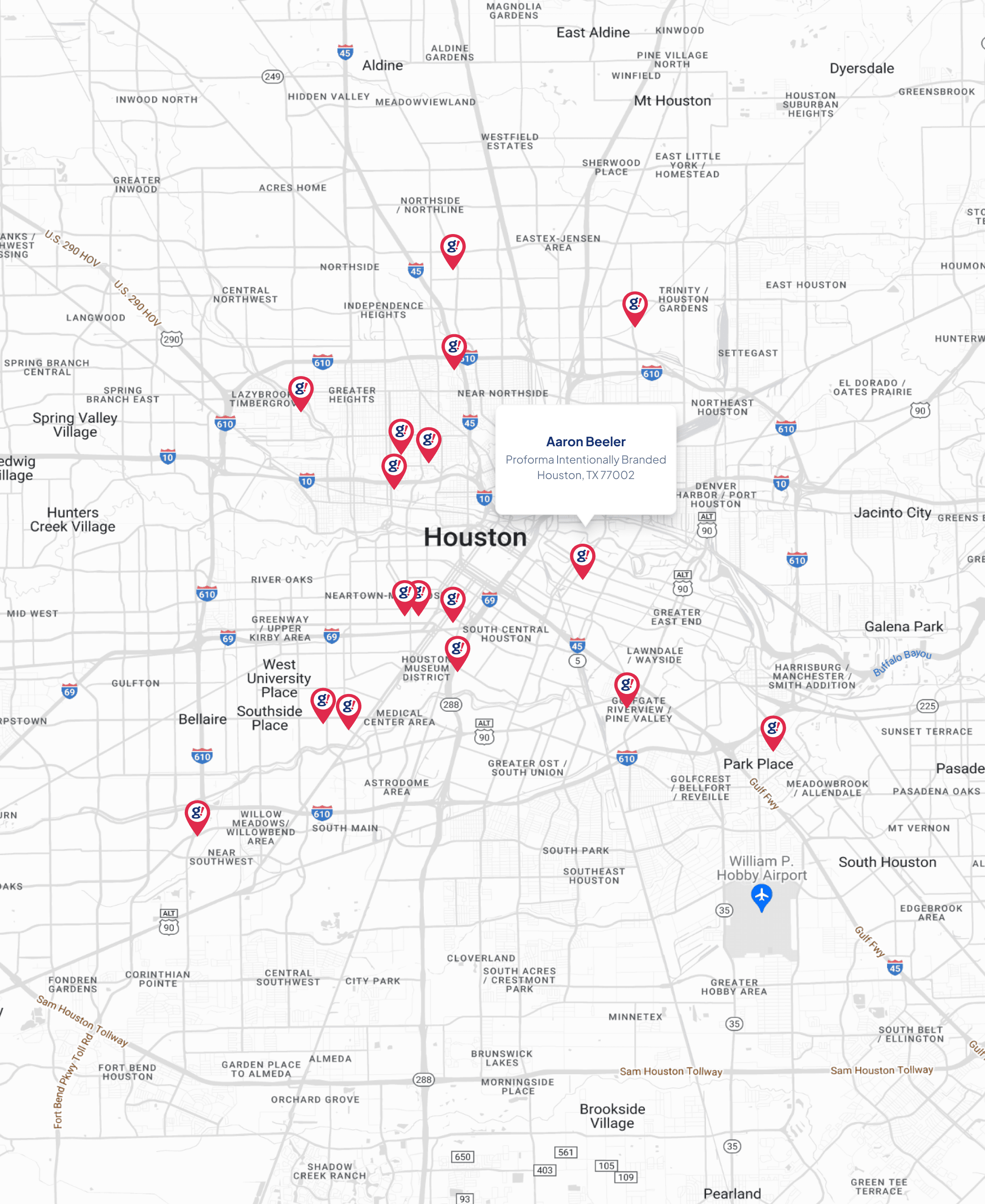The Complete Guide to Test Your AMP Pages
- Updated on: 2017-10-28
- Read original article here

AMP allows you to rank higher in the mobile search results. However, only valid AMP pages are eligible to be displayed in the search results.
Proper AMP testing is extremely crucial in order to remove any errors or warnings and get your pages indexed by Google.
This guide will help you to understand the types of AMP errors and how you can fix them.
Here are some tools that come in handy when fixing your AMP errors:
Follow the steps below to get started:
Download the AMP Validator browser extension for Chrome and browse the pages on your site.
This plugin will automatically check each page for AMP validation.
It will turn to green if the page passes AMP validation or turn to red if the page fails the test.
With the help of AMP validator, you can directly paste your source code and check for any possible errors.
This tool will let you know the validation status by displaying PASS or FAIL.
Once you’ve fixed all your AMP errors during the development stage, you can upload them on the main server.
After you upload the pages on the server, recheck the validity of the pages with the help of the AMP test tool by Google.
Once you have validated and uploaded the AMP pages on the main server, the pages will start displaying in Google’s search results. Now, it’s time to regularly monitor the pages with the help of the Google Search Console. There are some errors that you can’t find during the development phase and such errors are identified only after Google crawls and indexes your site.
Let’s discuss how we can identify and fix such errors.
You can find this tool under Search Console > Search Appearance > Accelerated Mobile Pages.
Here, you will find all the AMP errors or warnings that Google may have identified on your website. A sample report is shared below:
Once you’ve identified which URLs are having the issues, the next step is to fix them.
This error happens when there is a difference between the AMP and canonical web page.
Ensure that your AMP is referencing to the correct canonical web page. The correct format is provided below:
Add the following to the non-AMP page:
And this to the AMP page:
This error is detected when the AMP page is missing a video that is seen in the canonical page.
Ensure that you don’t have two different URLs pointing to the same video. The video URL should be the same in both the AMP and canonical versions.
This error happens when the HTML tag has an attribute having the value that is not allowed.
Check the AMP HTML specification and fix the attribute value to something that is valid. Many times the required attribute is an HTTPS which goes missing.
This error happens when you’re using an attribute that is disallowed.
Check the supported attributes for each tags and fix the one that is disallowed.
This error is identified when the page is missing any of the mandatory tags.
The following tags must be present in all AMP pages:



